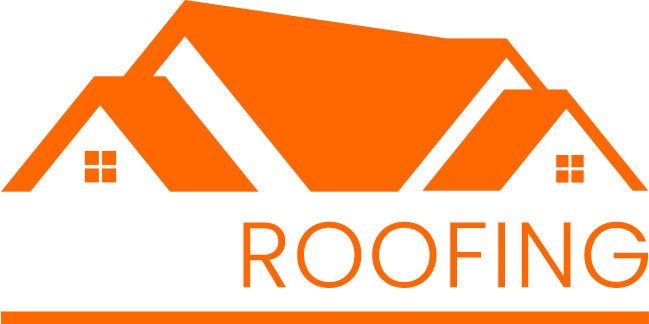
Yes, a new roof can help with heating and cooling. A well-designed and properly installed roof plays a crucial role in regulating your home’s temperature and energy efficiency. Modern roofing materials and technologies are specifically engineered to reflect solar heat, improve insulation, and enhance ventilation. These features work together to keep your home cooler in summer and warmer in winter, potentially leading to significant energy savings and increased comfort throughout the year.
What Types Of New Roofs Help With Heating And Cooling?
Choosing the right type of roof can significantly impact your home’s heating and cooling efficiency. Here are all the different roofing options that can contribute to better temperature regulation and energy savings:
- Green Roofs
- Metal Roofs
- Tile Roofs
- Asphalt Roofs
- Slate Shingle Roofs
1. Green Roofs
Green roofs, also known as living roofs, are covered with vegetation and a growing medium over a waterproof membrane. They help with heating and cooling by providing excellent insulation. The soil and plant layer act as a natural barrier against heat transfer, keeping your home cooler in summer and warmer in winter. Additionally, green roofs absorb rainwater and reduce urban heat island effects, further contributing to energy efficiency and environmental benefits.
2. Metal Roofs
Metal roofs are highly effective in managing heating and cooling due to their reflective properties. They reflect a significant amount of solar radiation, preventing heat absorption and keeping your home cooler during hot weather. In winter, metal roofs can be designed to trap heat, helping to warm your home. Many metal roofs are also coated with special finishes that enhance their energy-saving properties, making them an excellent choice for year-round temperature control.
3. Tile Roofs
Tile roofs, whether made of clay or concrete, offer excellent thermal mass properties that help with heating and cooling. These materials absorb heat slowly during the day and release it gradually at night, helping to maintain a more consistent indoor temperature. The natural airspace between tiles also provides additional insulation and allows for better ventilation, further enhancing their temperature-regulating capabilities.
4. Asphalt Roofs
Modern asphalt roofs can significantly contribute to heating and cooling efficiency when equipped with energy-efficient shingles. These specially designed shingles often have reflective granules that bounce back solar heat, reducing attic temperatures and cooling costs. Some asphalt shingles are also engineered to provide better insulation, helping to retain heat during colder months. When combined with proper attic ventilation, asphalt roofs can be an effective and affordable option for improving your home’s energy efficiency.
5. Slate Shingle Roofs
Slate shingle roofs offer natural insulation properties that can help with both heating and cooling. The dense, thick nature of the slate provides excellent thermal mass, helping to regulate indoor temperatures by slowing heat transfer. In summer, slate roofs can keep homes cooler by absorbing and slowly releasing heat, while in winter, they help retain warmth. Additionally, the durability of slate means these benefits can last for decades, making it a long-term investment in your home’s energy efficiency.
Ready to upgrade your home’s energy efficiency? As a leading Los Angeles new roof installer, Best Roofing can help you choose the perfect roof to enhance heating and cooling. Contact us today to see how a new roof can boost your comfort and savings!



